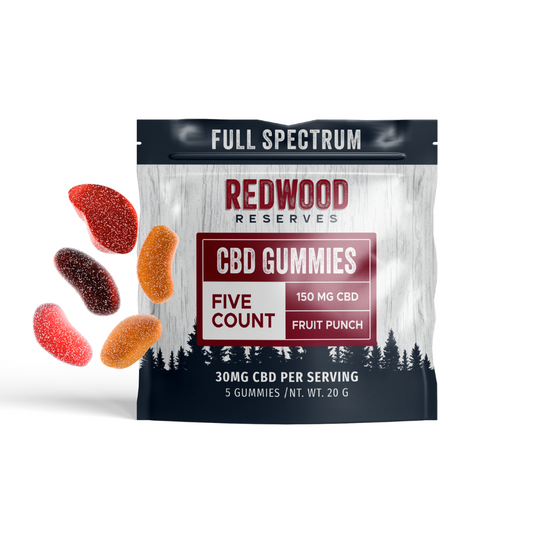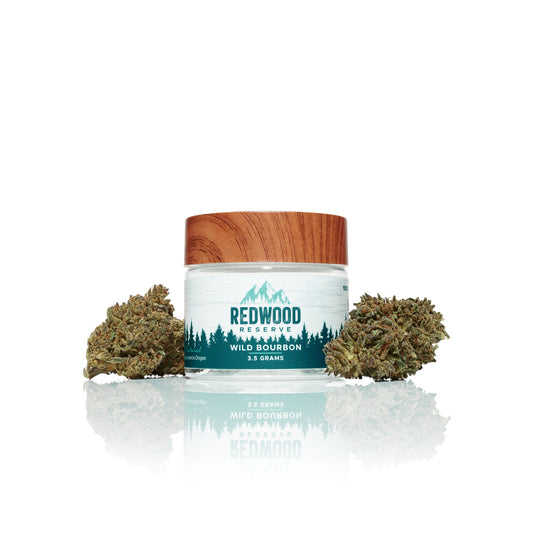Hot Trends

Over the past several years the latest trend in natural medicine has taken off like wild fire. Cannabidiol (CBD) has long been used and touted by patients alleviating symptoms brought upon by cancer treatments and HIV/AIDS, among others. However, over the decades as more and more people have come to understand the benefits of using CBD it has become not only socially acceptable to use, but many people are learning of its benefits. CBD oil derived from hemp can now be found in lotions, gummies, cigarettes and pre-rolls, tea, candles, pet treats, soap, and lip balm, among many others.
So, if customers are buying CBD in droves to help mitigate everything from acne to migraines, why is the medical community so hesitant to embrace this seemingly positive substance? One reason is the U.S. Government.
CBD for Medical Use

From the 1600s through the early 1900s American production of hemp was encouraged to help make rope, sails, and clothing. By the late 1890s hemp-derived CBD and marijuana (which contains the psychoactive component called Tetrahydrocannabinol, THC) were a readily-used ingredient in many medicinal products.
However, its popularity among American politicians began to wane in the 1920s as the flood of immigrants also brought the culture of recreational marijuana to America. Suddenly, marijuana and its non-psychoactive brother, hemp, were decidedly out of favor. In 1911, Massachusetts became the first state to outlaw cannabis. And by 1936 all 48 states had passed laws to regulate cannabis.
Regulating CBD
Even with these new regulations, the medical community still appeared to embrace the medicinal benefits of cannabis. In 1937, the American Medical Association (AMA) supported research on medical cannabis and opposed the proposed Marihuana Tax Act, which was passed by Congress in October 1937.
With the passage of the Marihuana Tax Act, which effectively banned possession of cannabis, medical prescriptions of cannabis began to decline and anti-cannabis sentiment rose.
Further eroding the medical community’s access to prescribe and study cannabis, in 1970 Congress passed the Controlled Substances Act, which classified marijuana as a Schedule 1 drug, putting it in the same category as heroin.
With the federal government’s prohibition of all-things cannabis, the medical community was suddenly unable to safely conduct studies into its healing properties. Researchers who wanted to study cannabis for medical purposes were put at risk of being arrested for possession. Nor were they able to grow their own high-quality cannabis for fear of being arrested for operating a growth operation.
A New Era for Cannabis Research

As an August 2019 article from U.S. News & World Report states, “Up until recently, because of the federal regulations around CBD usage, research had been difficult to do.” And since researching the medical benefits of CBD have long been out of reach, the medical community has remained cautious and even skeptical. That is beginning to change, however, as new research is being released about CBD’s healing properties.
With the passage of the Hemp Farming Act of 2018, hemp-derived CBD oil with less than 0.3% THC was no longer considered a Schedule 1 drug, returning hemp to its early-American status of being an agricultural commodity. This has allowed the medical community to begin to once again take a closer look at the medical benefits of CBD and the methods by which it is administered.
A 2016 study from the European Journal of Pain, “indicate[s] that topical CBD application has therapeutic potential for relief of arthritis pain-related behaviours and inflammation without evident side-effects.”
Additionally, the Mayo Clinic recognizes that CBD is considered an effective anti-seizure medication. And a 2017 study published in Behavioural Neuroscience shows evidence of therapeutic properties when CBD is used for Alzheimer’s Disease.
Better Absorption

While topical ointments need to be absorbed through the skin and CBD oil ingested as a tincture has to go through the digestive system, one of the most effective ways to quickly benefit from CBD is by smoking it. Smoking CBD via a cigarette or a pre-roll allows the CBD to quickly be absorbed into the bloodstream, allowing the effects to be felt much sooner than other methods of administration.
With new and conclusive studies about the medical benefits of hemp-derived CBD being released, some people are significantly less concerned about the delivery system at work in hemp cigarettes, and it’s one of the best. Quick release, efficient delivery, etc. For people who enjoy smoking, hemp cigarettes are a sweet treat and bring the full benefits of the hemp plant.




























